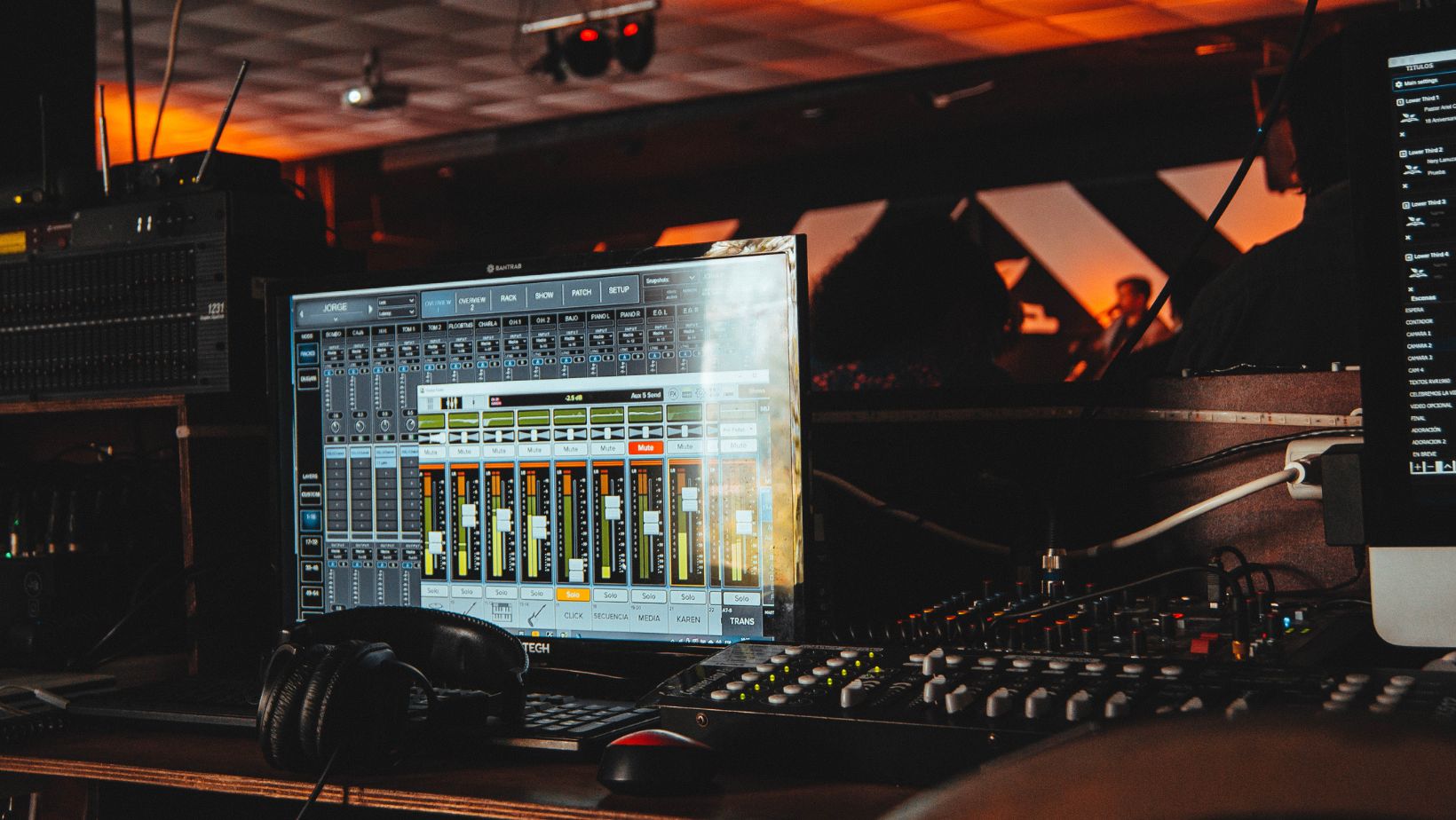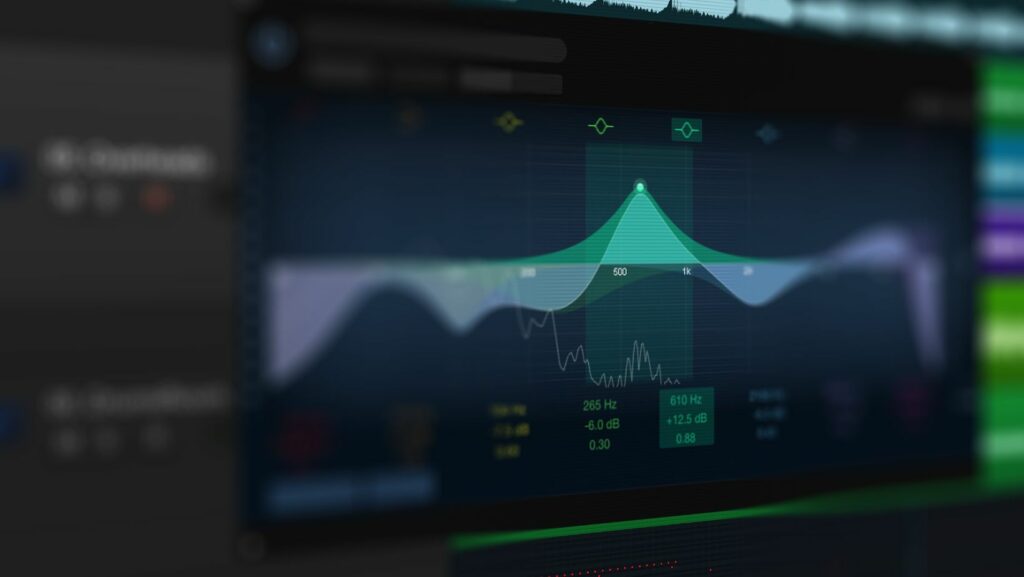In the pulsating world of music production, having the right software can make or break your sound. It’s the invisible conductor orchestrating each note, beat, and harmony. But with a myriad of options available, how do you choose the one that’ll take your music to the next level?
Best Software for Music Production

The year 2023 brings enhancement in software applications. This has brought about a significant shift, raising the standards for music production. Expanding on the earlier introduction of Digital Audio Workstations and specialized tools, let’s delve into a review of a few top music production software in 2023.
A standout includes Ableton Live 11, a software that transforms music production fundamentally. It’s enhanced in 2023 to incorporate extensive modulation capabilities, making sound design more immersive.
Serum, a wavetable synthesizer, has advanced to improve sound modeling. It continues to provide an intuitive layout and high-quality audio, making music production easier for its users.
Compared to these, Melodyne 5 offers a unique advantage. As a pitch correction software, it refines the sound quality by manipulating pitch, time, and tempo. Its precision and flexibility in 2023 remain unmatched in the market.
Lastly, Logic Pro X has seen upgrades, now offering an expansive sound library. Its features allow more precise control over music elements, beneficial in sculpting that perfect sound.
In all, the software listed above have shown to improve the efficiency and quality of music production tasks in 2023, each in their unique ways.
Exploring the World of Music Production Software

Venturing into the vast terrain of music production software, numerous tools come to light. They cater to different production needs, from synthesizing beats to mastering harmonies. For example, professionals often turn to DAWs or Digital Audio Workstations, which serve as the backbone of most music production setups. These feature-rich platforms, such as Logic Pro X and Ableton Live, offer a realm of functions critical for curating unique soundscapes.
Subsequently, there’s specialty software, fine-tuned for tailored tasks. These items comprise intricate programs like Serum for advanced wavetable synthesis or Melodyne for pitch correction and tonal modification.
Lastly, it’s crucial to consider compatibility with hardware and operating systems when picking software. While some applications cater universally, others may be platform dependent. Keeping these factors in mind during selection eases the production process, allowing for a smoother music creation journey.
Software Compatibility and Hardware Requirements

Music production software’s effective use depends on its compatibility with the user’s operating system and the robustness of their computer hardware. For example, Ableton Live 11 operates on macOS X 10.11.6 or later and Windows 7 SP1 or later, necessitating at least 4 GB RAM, but 8 GB or more is recommended. On the other hand, Serum demands OS X 10.8 or Windows 7 or later, plus a CPU with SSE2 in your system.
In contrast, Melodyne 5 has a slightly lower threshold, compatible with macOS 10.12 or later and Windows 7 or later, requiring just 4 GB RAM. Logic Pro X sets the bar a little higher, compatible only with macOS 10.13.6 or later, needing 6 GB of disk space and 4 GB RAM, which rises to 8 GB for large Logic Pro projects.
Tips for Maximizing Productivity with Music Production Software
Choosing the right software for music production isn’t just about picking the most popular one. It’s about finding the one that best fits your needs and skill level. Ableton Live 11, Serum, Melodyne 5, and Logic Pro X are among the top choices in 2023, each with unique features designed to enhance your music production tasks. But remember, the best software is only as good as the hardware it’s run on. So, it’s crucial to ensure your computer’s operating system and hardware specifications are compatible with your chosen software. This way, you’ll optimize performance and make your production process smoother. So, don’t just choose any software, choose the right one for you.

